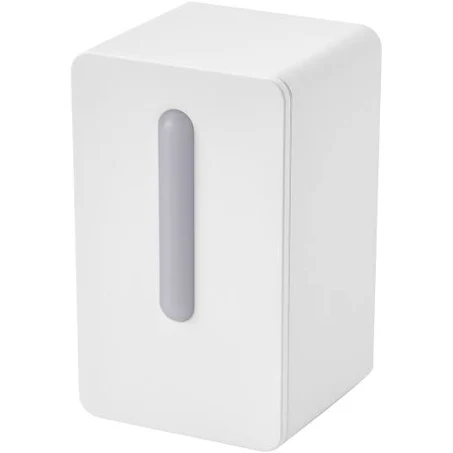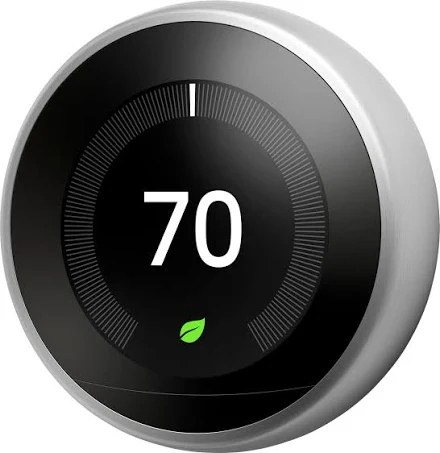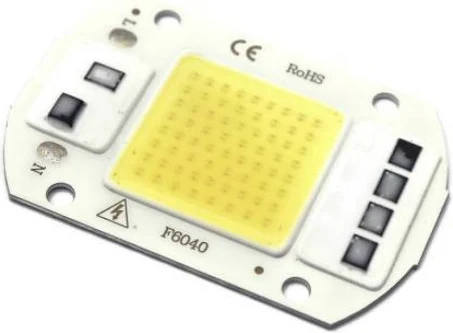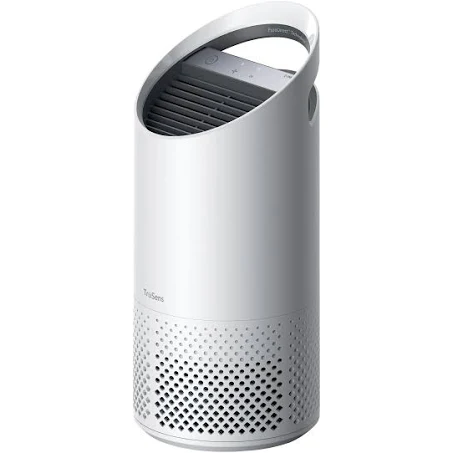Description
An indoor air quality (IAQ) monitor helps you track and improve the air quality inside your home by measuring various pollutants and environmental factors. Here are key features and considerations when choosing an indoor air quality monitor:
Key Features to Consider:
- Pollutant Detection:
- Particulate Matter (PM): Measures fine particles (PM2.5 and PM10) that can affect respiratory health.
- Volatile Organic Compounds (VOCs): Detects harmful gases emitted from household products, paints, and furnishings.
- Carbon Dioxide (CO2): Monitors indoor CO2 levels, which can indicate poor ventilation.
- Temperature and Humidity: Tracks temperature and relative humidity levels for comfort and mold prevention.
- Real-Time Monitoring:
- Provides continuous updates on air quality metrics with instant feedback on changes in indoor environments.
- Alerts or notifications when air quality levels exceed safe thresholds.
- Accuracy and Calibration:
- Choose monitors with high accuracy sensors that are calibrated for reliable measurements.
- Check for certifications or standards compliance (e.g., EPA recommendations for PM2.5 monitors).
- Data Logging and Historical Trends:
- Stores data over time to analyze trends and patterns in air quality fluctuations.
- Allows you to review historical data to understand long-term indoor environmental conditions.
- User Interface and Connectivity:
- Display: Easy-to-read interface with clear indicators of current air quality levels.
- Mobile App: Allows remote monitoring and control via smartphone apps, providing insights and recommendations.
- Integration: Compatibility with smart home systems or platforms like Alexa or Google Assistant for voice commands and automation.
- Power Source and Portability:
- Consider battery-powered or rechargeable models for flexibility in placement around your home.
- Some monitors may also have options for direct AC power.
- Ease of Use and Setup:
- Simple installation and setup process without the need for extensive technical knowledge.
- User-friendly interface and controls for intuitive operation.
Benefits of Indoor Air Quality Monitors:
- Health Awareness: Helps identify potential health hazards related to indoor air pollution.
- Optimized Ventilation: Provides insights to improve ventilation strategies for better indoor air quality.
- Preventative Maintenance: Early detection of issues such as mold or high CO2 levels allows proactive measures.
Popular Indoor Air Quality Monitor Brands:
- Awair: Offers monitors that track various pollutants and provide actionable insights for healthier indoor environments.
- Foobot: Specializes in monitoring VOCs, PM2.5, and CO2 levels with real-time data visualization.
- AirVisual: Provides monitors with outdoor air quality tracking and indoor air quality analysis for comprehensive insights.








Reviews
There are no reviews yet.